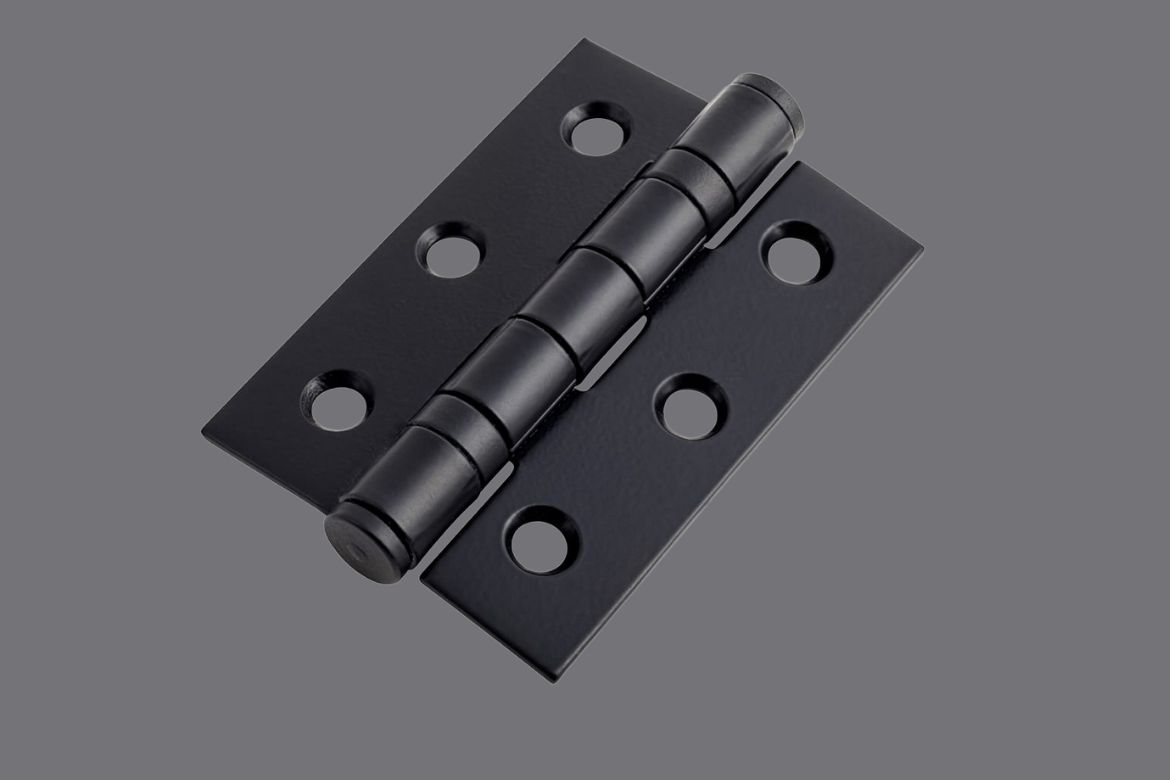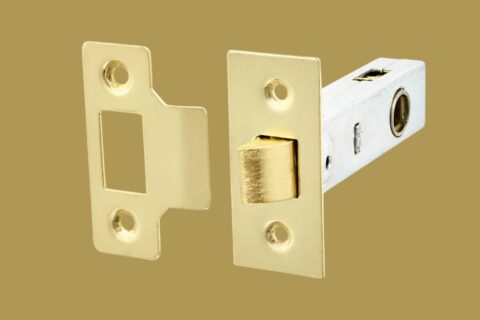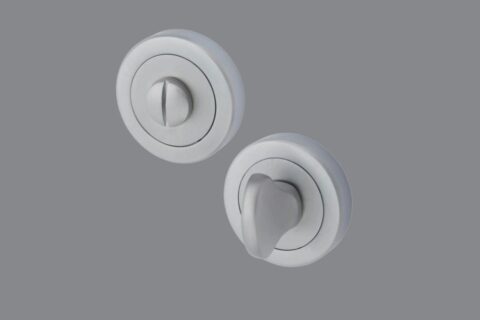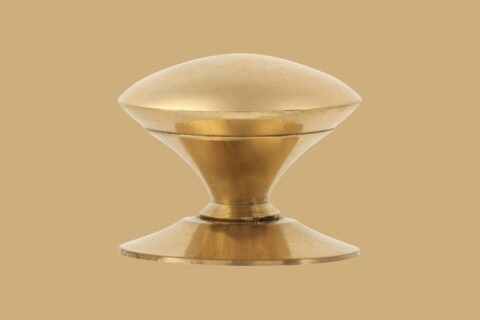Hinges may be small, but they control load and motion. Choosing the right type and fitting accurately prevents sagging, noise, and wear.
Types & Uses
- Butt hinges: common for interior doors.
- Concealed (European) hinges: cabinets, adjustable and soft-close options.
- Continuous (piano) hinges: heavy lids or long doors.
- Spring/self-closing hinges: gates, fire doors.
Selecting the Right Hinge
Match hinge size to door thickness and weight. For heavy doors use a heavier gauge and long screws into the frame. For cabinets, pick soft-close if quiet operation is desired.
Installation Basics
Mark hinge positions consistently (measure from top/bottom). Pilot drill screw holes to avoid splitting. For concealed hinges, use a jig for accurate cup drilling. Countersink where needed for a flush fit.
Adjustment & Maintenance
Many modern hinges offer 3-way adjustments (up/down, left/right, in/out) — use these to correct gaps without re-drilling. Lubricate pivots annually and replace worn pins or screws. Tighten loose screws to prevent sagging.
When to Replace
Replace hinges if they creak, the door sags despite tightening, or if there’s visible wear on knuckles/pins.




